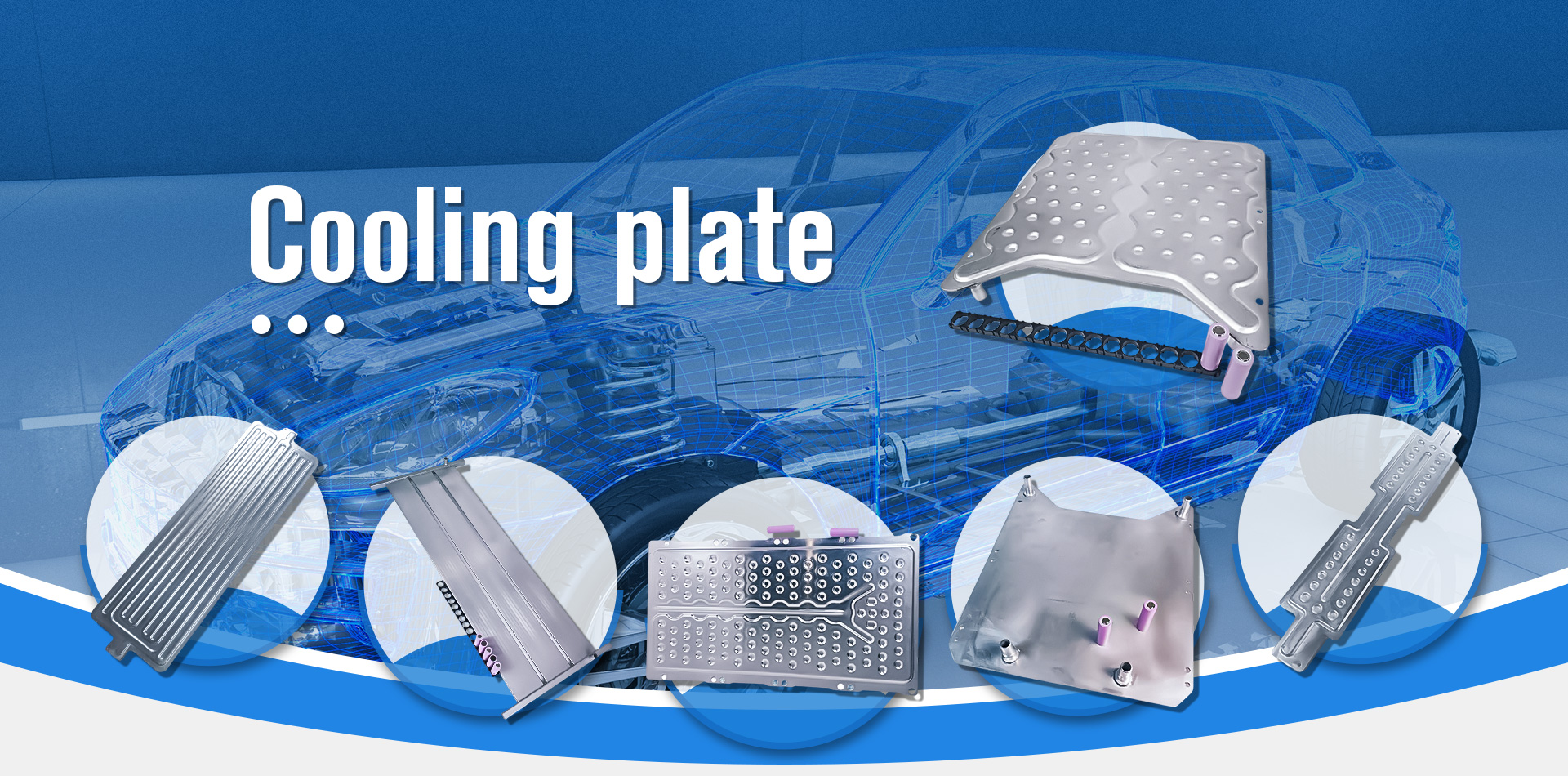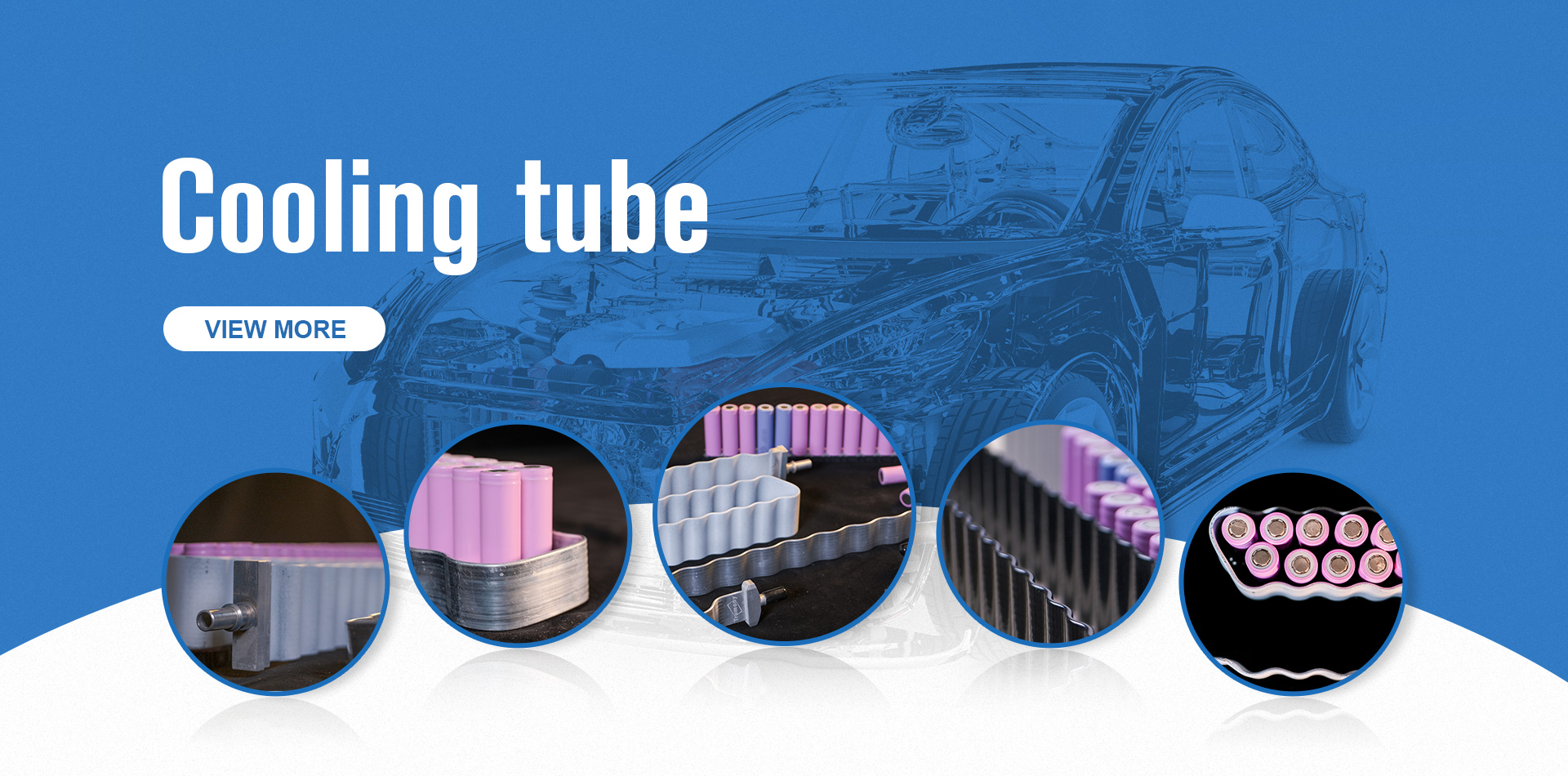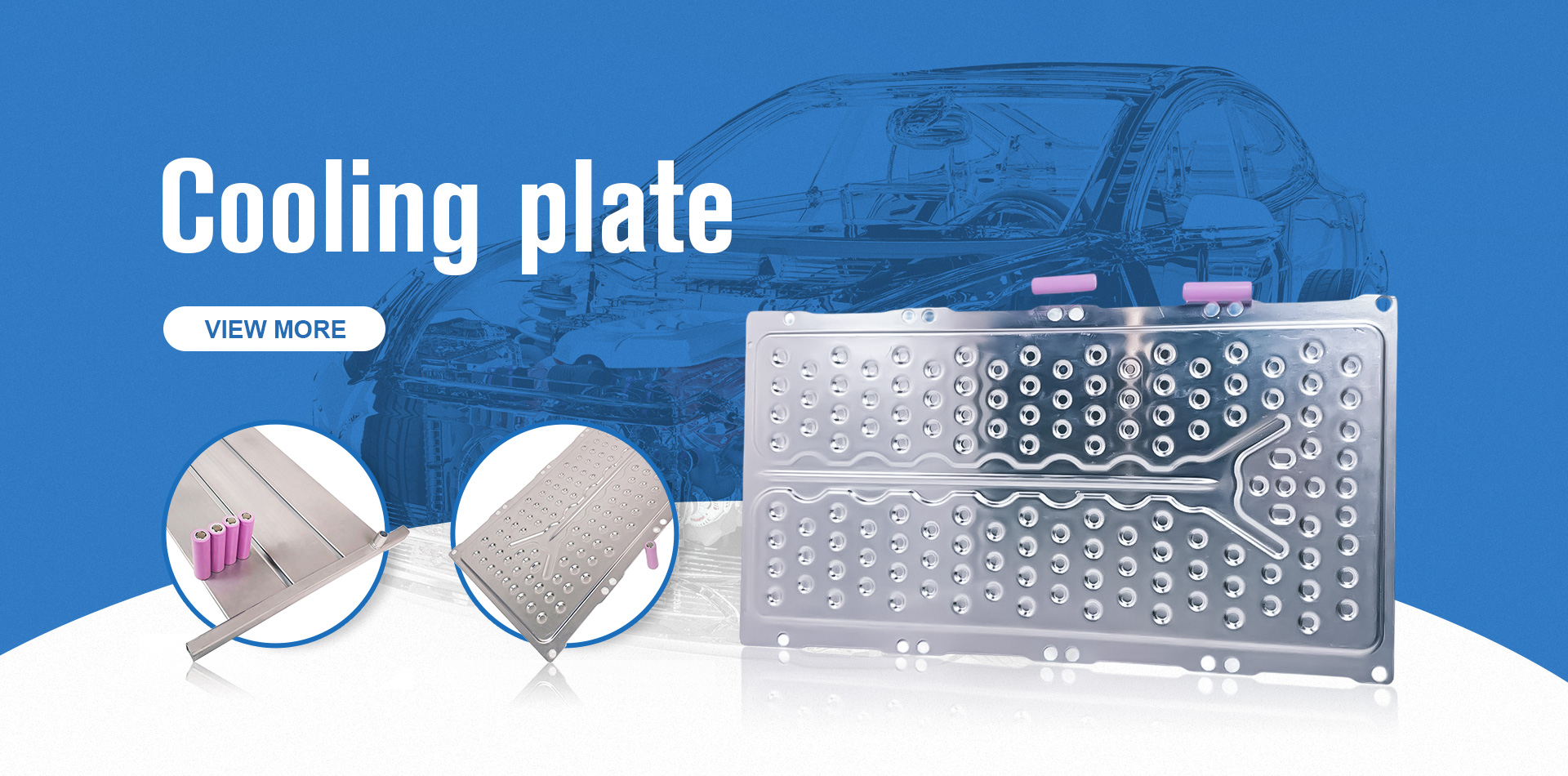Talk about three car batteries: lithium battery / flywheel battery / nickel hydrogen battery

Most of the vehicle batteries are based on the battery in life, and can be roughly divided into three categories. They are lithium batteries , flywheel batteries, and nickel-metal hydride batteries. Below Xiaopang, I will talk to you about the characteristics of these three batteries.
A lithium battery

Is the lithium battery familiar with it? That's right, the battery in our phone is its brother. It not only captured the market of mobile phone batteries , but also successfully captured half of the battery of the vehicle. Nowadays, the lithium batteries for electric vehicles are mainly composed of lithium iron phosphate batteries and ternary lithium batteries . These two batteries have significant differences in their own characteristics, so we need to explain them in detail. Compared.
Why is lithium iron phosphate battery safe?

Compared with the early lithium manganate battery , lithium iron phosphate battery does not have much difference in energy density, about 100-110Wh/kg, but its thermal stability is the best in current automotive lithium batteries. When the battery temperature is at a high temperature of 500-600 ° C, its internal chemical composition begins to decompose, while the lithium cobalt oxide battery of the same lithium battery has an unstable internal chemical composition at 180-250 ° C. In other words, the safety of lithium iron phosphate battery is second to none in lithium batteries, which is why it has become one of the main categories of electric vehicle batteries.
Why did Tesla choose a ternary lithium battery ?

Compared with the iron phosphate lithium battery, ternary lithium battery in terms of weight energy density is much higher, about 200Wh / kg, which means that the same weight is longer than the ternary lithium iron phosphate lithium mileage . However, its shortcomings are also obvious. When the temperature is 250-350 ° C, the internal chemical composition begins to decompose. Therefore, the battery management system is extremely demanded, and it is necessary to separately install a safety device for each battery. Because the monomer volume is very small, the number of battery cells required for bicycles is very large. Taking the MODEL S as an example, more than 7,000 18650 ternary lithium batteries can meet the assembly usage of a car, which is undoubtedly further for the battery management system. Increased the difficulty of control. Therefore, among the models currently on the market, only the Tesla family uses a ternary lithium battery.
Second, the flywheel battery

The flywheel battery is a new concept battery proposed in the 1990s, and it is also a kind of physical battery. Simply put, it uses the principle of generating energy when the flywheel rotates to achieve its own charge and discharge. However, the flywheel battery is only used as an auxiliary energy source, and its function is similar to our common brake energy recovery system. Even so, we still have reason to believe that with the continuous development of technology and further price reduction, the application prospect of flywheel battery will be very broad.
Third, nickel-hydrogen battery

Nickel-metal hydride batteries are another type of mainstream electric vehicle power battery other than lithium batteries. They have gradually developed since the 1990s. Many hybrid vehicles such as the Toyota Prius use these batteries as energy storage components. The energy density is not much different from that of an ordinary lithium battery, which is about 70-100Wh/kg, but since the battery cell voltage is only 1.2V, which is 1/3 of the lithium battery, when the demand voltage is constant, its The size of the battery pack is larger than that of the lithium battery.
Author:
Ms. Tracy
Phone/WhatsApp:
+86 13584862808
E-mail naar dit bedrijf
Author:
Ms. Tracy
Phone/WhatsApp:
+86 13584862808













